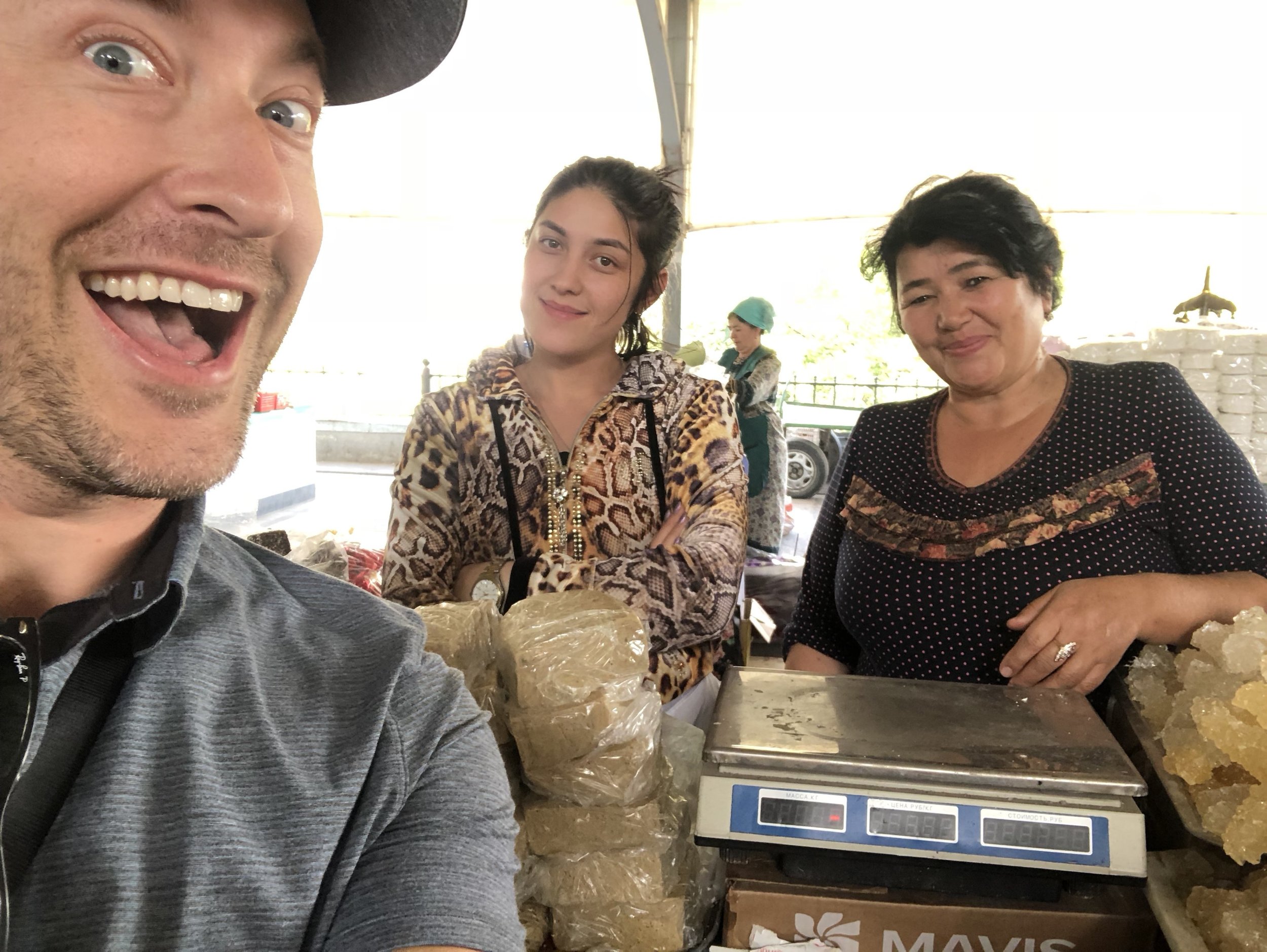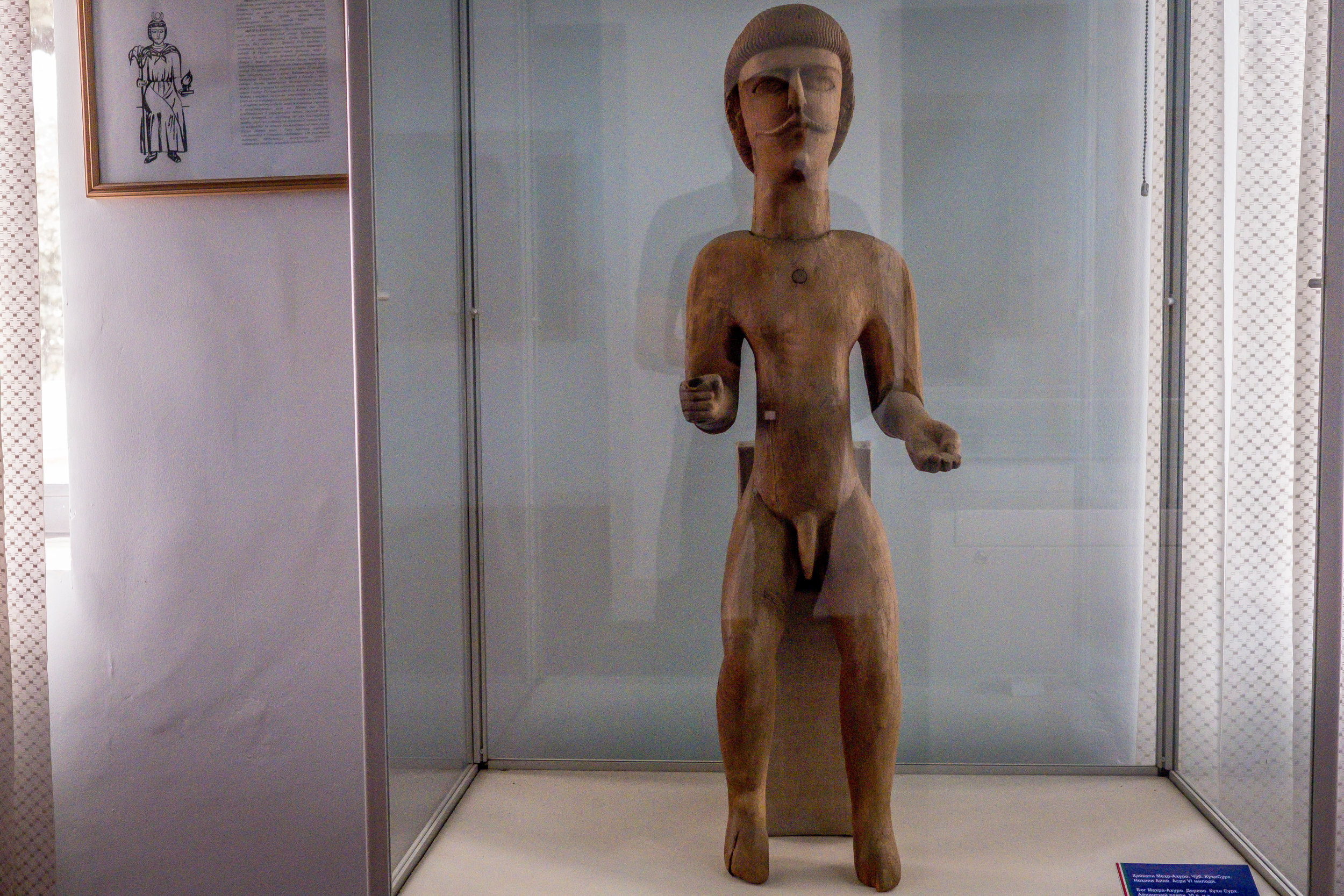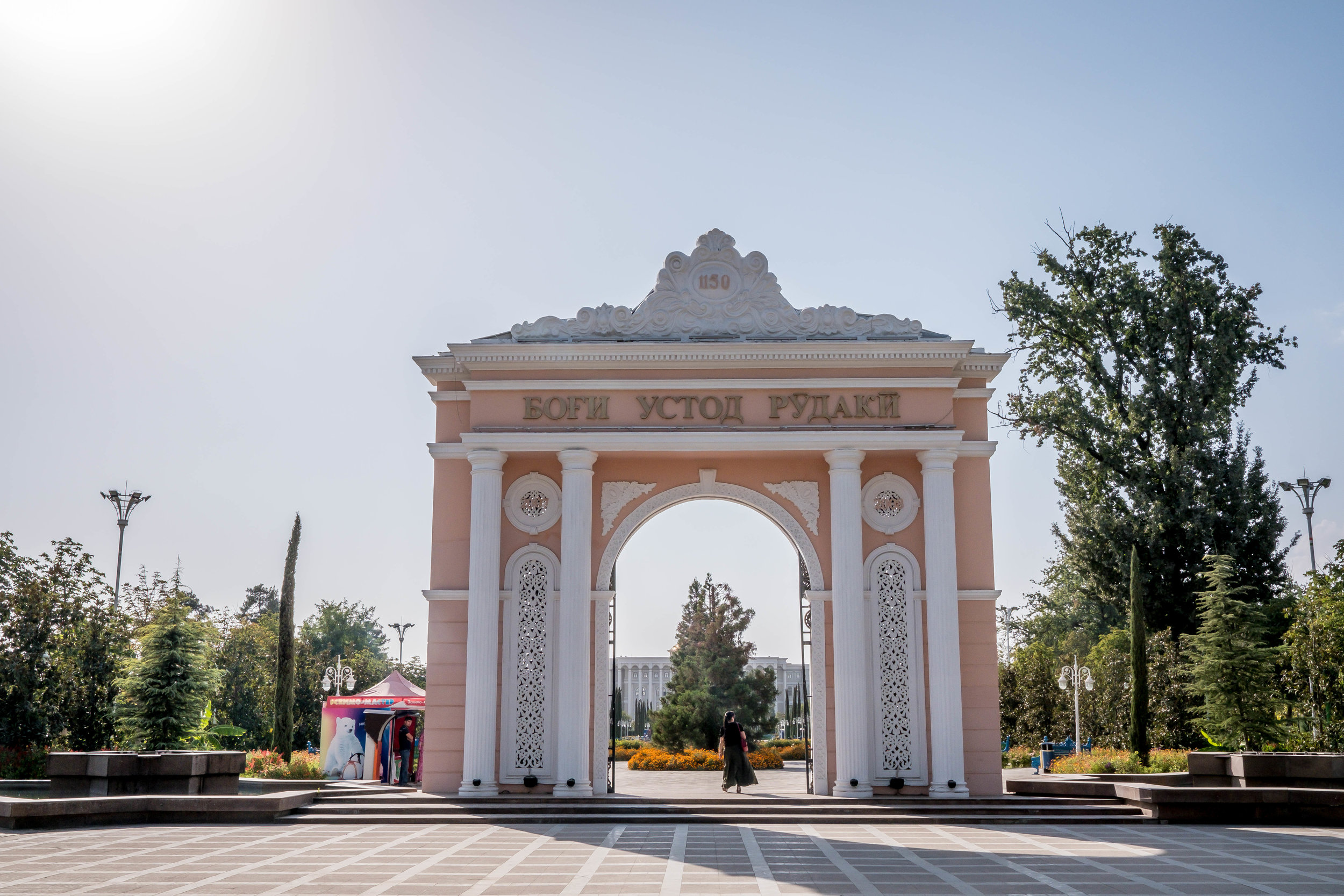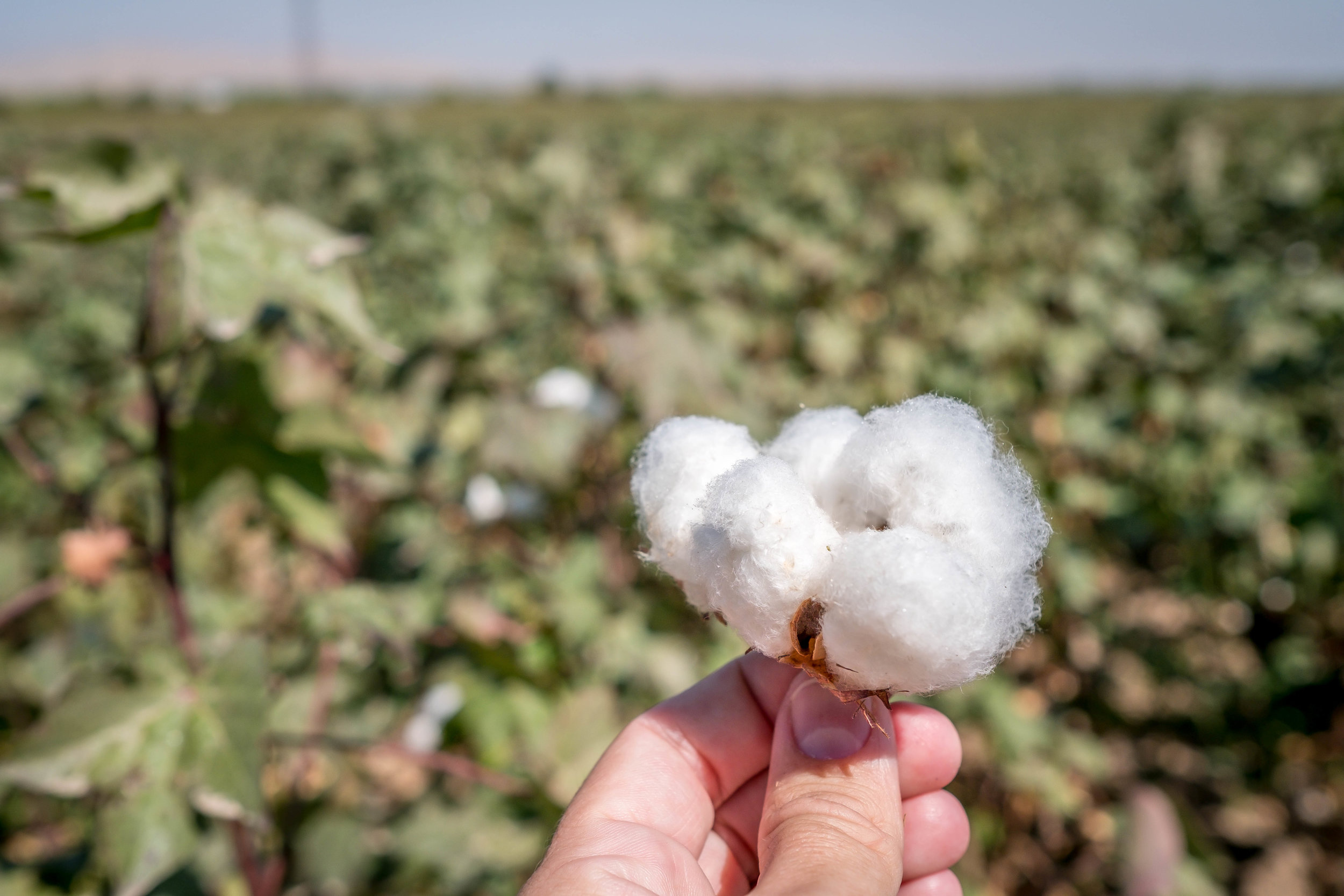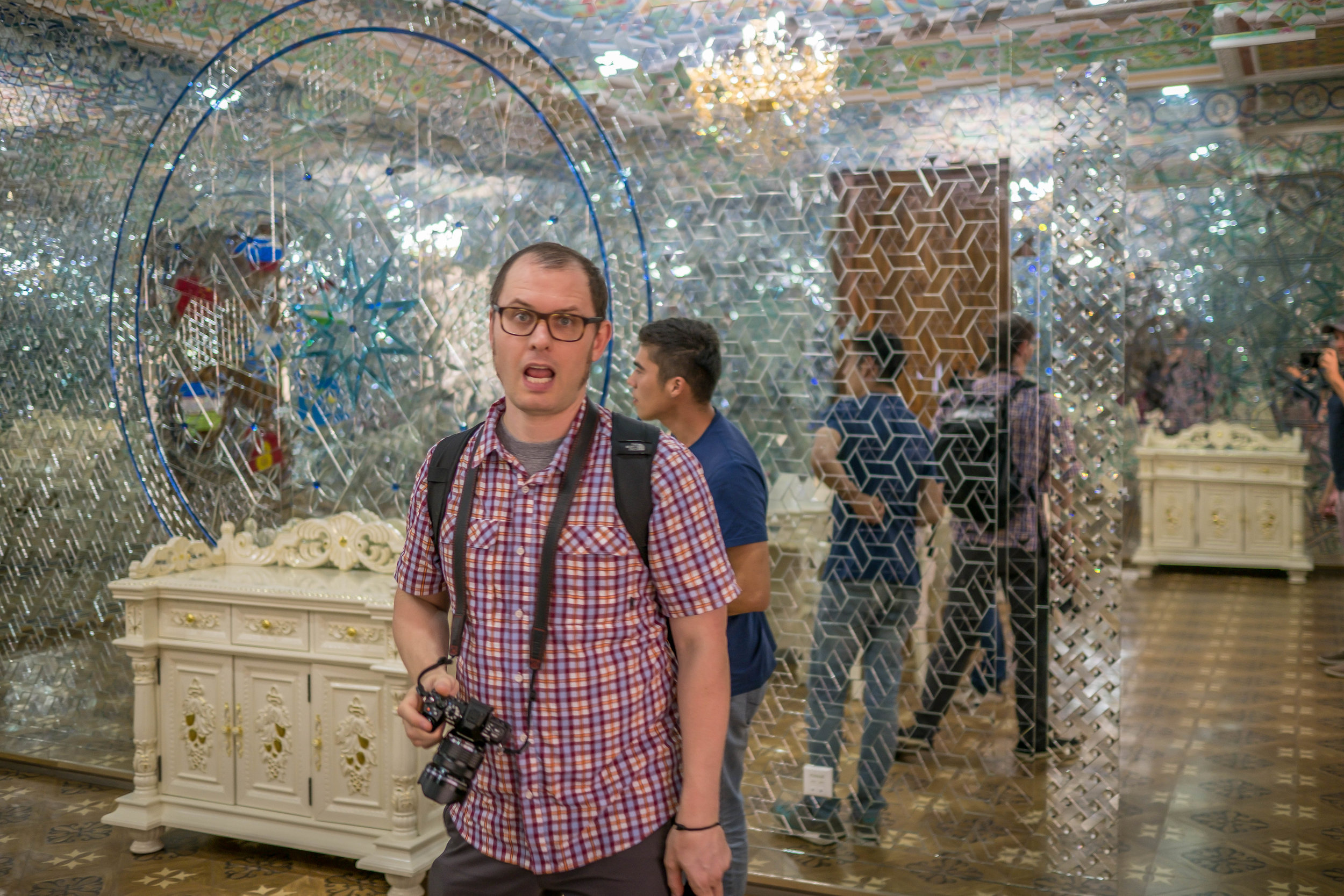Cruella de Vil in Dushanbe
Dushanbe, Tajikistan. Part Three of a Five Country Central Asia Tour.
While Kazakhstan has a flirty relationship with both the East and the West, and Kyrgyzstan remains in the shadow of Russia, Tajikistan has strong Persian influences and ties. Before visiting, I think I was guilty of painting these countries with the same brush. Blame my ethnocentricity, or pure laziness, but with exotic yet similar sounding names, it was easy to lump them all in together as uniform former soviet satellite states. These countries have a great deal of shared history, both ancient and recent, but today are remarkably different from each other.
Rudaki Park
Our guide, Hasan, picked us up at the airport around lunch time and, after a brief stop to grab a few new sim cards, we had lunch and hit the town. Having a guide is a bit different, as we usually avoid them. So far, there hasn’t exactly been anything we couldn’t have done on our own, though granted, some things would have taken a lot more planning and research, or been incredibly time consuming. But more than just smooth out various interactions (very few people in any of these countries speech any English at all), our guides – particularly Hasan – has given us a lot of additional insight and knowledge you can’t find on wikitravel. I still wouldn’t sign up for this kind of ‘pensioner tour’ for most places, but for here it’s been quite nice.
Ismoili Somoni Statue
Dushanbe, the capital of Tajikistan, is remarkable. Clean and tidy even with construction projects, workers, street cleaners , and row after row of flowers on every corner. Public art installations line the unusually wide roads, and the efforts to shrug off the Russian influences of the past seems quite determined. Old soviet concrete lump buildings and monuments have come down around the city, replace with new midrise buildings or parks. Where all this money comes from is unclear. It’s one of the poorest of the stan countries, with a huge percentage of the economy coming from cotton exports, aluminum, and remittances (workers, primarily in Russia, who send money back home to support their families). It’s primarily men who work out of the country, which is why our hot-take street demographic survey showed a much higher women to men ratio. In Tajikistan, most men, especially school/college age and businessmen, wear crisp white shirts, while the women can generally wear whatever they want (even though the Ministry of Culture produced a hand book on how women should dress recently. In for this season: traditional Tajik dress. Out: hijabs and islamic garb). Most wear strikingly colorful variations of the traditional Tajik dresses that are really unique. Tajikistan, like the other central Asian countries, has strong nomadic roots, and some of that history is being revisited and embraced following the fall of the Soviet Union.
We did the usual site seeing the first couple days, but one tour stood out. We visited the Kokhi Navruz, a massive entertainment structure that started out as a teahouse, but is now a strange cross between government conference center and a mall. There are stunning banquet halls and conference rooms with intricate wood and stone work on one side, and a cinema and billiard hall on the other. We had a separate guide for this tour who was a damn force of nature. Imagine Gilbert Godfried as a very pissed off woman with a thick Russian/Tajik accent, and no ability to control the volume of her voice. She verbally flogged us along from one beautiful room to the next at a breakneck pace. Do you want to pause for a photo? Take more than one and you would hear her scream “DEAR GUEST THIS WAY PLEASE”. House keepers seem to flee whatever room we entered, and I’m pretty sure it wasn’t because they were worried about being in our photos. She barked facts constantly along the tour. This wood was made of SIBERIAN CEDAR, and this great hall was 35 METERS HIGH and DEAR GUEST THIS WAY PLEASE. In a massive conference hall where we lingered a bit too long she berated us more, telling us how she had taken a large group of Americans through the entire tour in the time it took us to move through this one section, and I absolutely believe her. Our guide Hasan pulled Martha aside at one point and mentioned how his brother, also a guide, had referred to her as Cruella Deville, which was hilarious. During the tour, Mike made the unfortunate mistake of leaving his hat on a chair in one of the rooms. She all but snatched him up by the scruff of the neck and took him back through the building, telling everyone they encountered along the way that THIS GUY LOST HIS HAT. It was the best/worst guided tour I’ve ever had.
Kokhi Navruz Palace
Another day had us visiting the Hisor Fortress. which took us by the Mellon Teahouse, a giant building designed to be a national teahouse that holds up to two thousand people. I’m not sure if it ever truly opened for business as the inside has a uncompleted feel, and it’s not really open for business. The second floor is a pretty good approximation of an indoor soccer field and the acoustics mean you can hear someone whisper from across the great hall. I love buildings that are shaped liked the thing they sell, like an ice-cream stand shaped like an ice-cream cone, or a tire shop in the shape of a giant wheel. Those places just seem so earnest and hopeful. I hope this one gets finished one day.
Mellon Tea House
The Hisor fortress itself had lasted for hundreds of years in pretty good condition, only to have been destroyed by the Soviets in the 1940s. Work goes on to reconstruct the complex and the surrounding buildings. It’s a pleasant place to stroll around and maybe pick up a few souvenirs. There are local guides that will walk you around - like many sites like this - and you should tip a little if you take them up on the tour. It’s usually pretty interesting.
Hisor Fortress Scamps
Leaving Dushanbe and getting to Khujand on our way to the Uzbekistan border involved a stomach wrenching five hours minibus drive though the mountains. The road was a bumpy serpentine nightmare (mainly because the kurutob, a yogurt based vegetarian meal I had the day before, was not sitting well) lined with dusty mountains, dusty sheep, and starkly beautiful Soviet-era murals. Life outside of the city and in the mountains is a hard-scrabble life indeed. The poverty seems profound, and stands in stark contrast to the immaculate city we left behind. Complicating things further, is the thousand kilometer long border shared with Afghanistan. The additional security devoted to the border control limits resources available for the rest of the country, even with help from regional and international powers.
Soviet era mural on the way from Dushanbe to
We stopped for lunch at our guides family home in Khujand, which was a welcome surprise. Their courtyard was filled with flowers and grapes (grapes are everywhere in Tajikistan) and we all had lunch at the table together. Meeting his family, strolling through the garden and courtyard, and seeing where he grew up was our favorite part of the day.
Lunch at our guides family home.
After lunch was the Payshanaba Bazaar back in the center of Khujand. It’s one of the largest bazaars when have been to so far, and the only one where one of the vendors jokingly suggested I should marry her daughter.
Tomorrow, bright and early, we take a high speed train to Samarkand.
Future wife?
Snack time at the Payshanba Bazaar
Where we stayed: H Hotel, formerly the Sheraton. Great hotel.
How we got there: Short flight from Bishkek to Dushanbe on some mystery airline.
What we did: Lunch at the Chaykhona Rokhat, City tour, Museum of National Antiquities, Botanical Gardens, Ismoili Somoni Monument, Kokhi Navruz, National Library, Rudaki Park. On the way to the Oybek border point into Uzbekistan we stopped and visited Hissor, an ancient fortress under reconstruction, and the nearby Madrassa.









